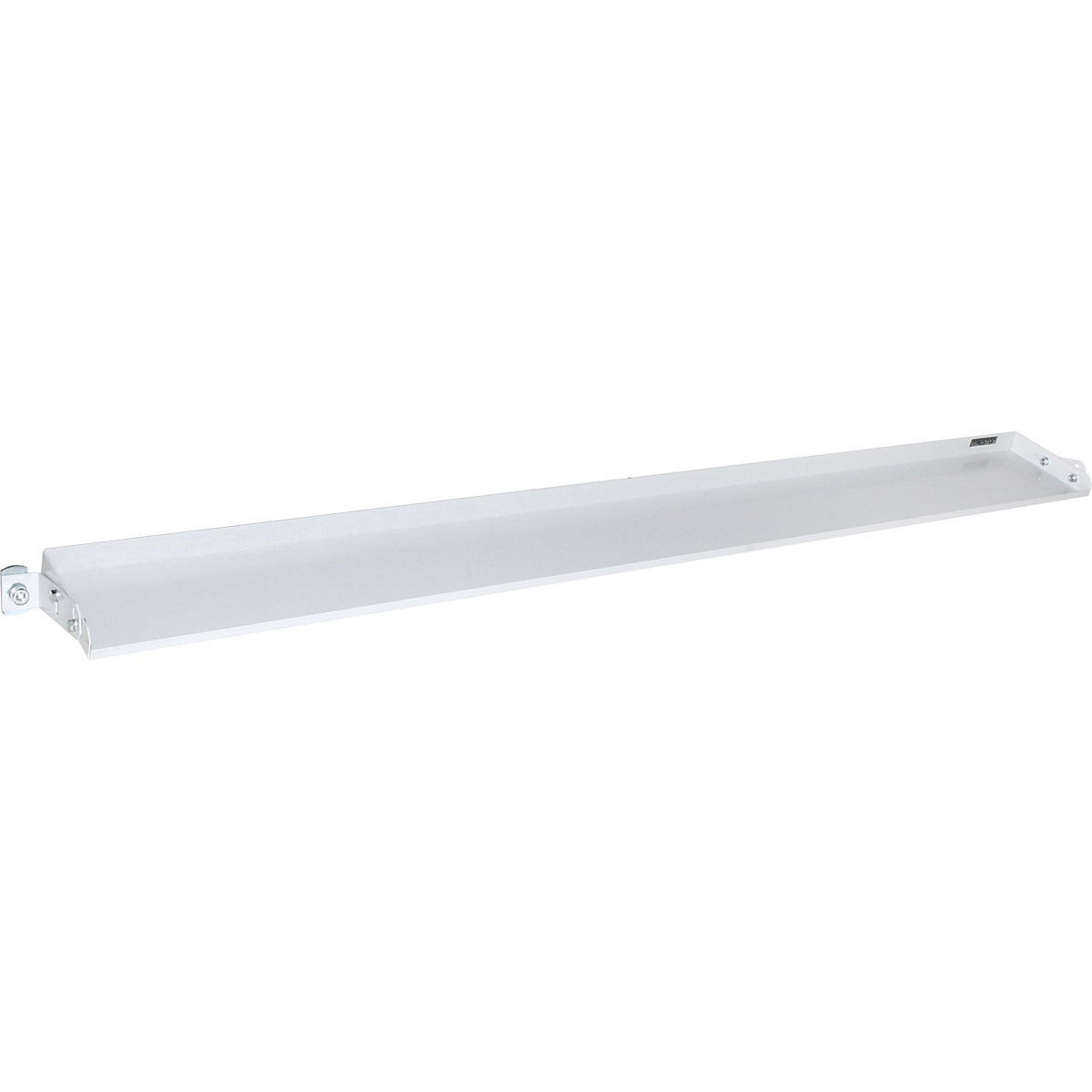Storing flammable and water hazardous substances in sump trays
Note: The following information on the storage of flammable and water hazardous liquids in sump trays is based on German legislation and directives.
Please observe all binding regulations and requirements in your country. Your local authority will be able to provide detailed information.
General regulatory requirements and definitions
Regulation compliant storage of water hazardous liquids
There is a very high risk potential in handling and storing hazardous goods. There is a very high risk potential in handling and storing hazardous goods. To protect people and the environment, the special requirements of German legislation (BetrSichV, TRbF, GefStoffV, WHG, VAwS, etc.) must be implemented in companies that work with hazardous goods.
Water Management Act (WHC)
The axiom of concern according to the Water Management Act (WHC) indicates that measures are only permissible if it is unlikely, based on human experience, that they will result in undesirable alterations of a body of water. The requirements for handling water hazardous substances and the suitability criteria for storage/dispensing/handling systems is regulated in § 62 and § 63 of the WHC.
German labour protection laws (ArbSchG)
§ 3: "The employer is obliged to undertake the necessary measures set out in the labour protection laws (...)." "Furthermore, the employer (...) shall provide the necessary materials."
§ 13: "The people responsible for fulfilling these obligations shall be, apart from the employer, people commissioned in writing by the employer."
Setup and storage
Containers utilised for the storage of combustible or non-combustible water hazardous liquids must be secured against leakage by means of an appropriate sump tray (groundwater protection).
A sump tray must be able to accommodate the contents of the largest container (at least 10 % of the total quantity stored).
Example:
sump tray for storage of 2 drums, each with 200 litre capacity
10 % = 40 litres
Largest container = 200 litres
Required sump capacity
of the sump tray = 200 litres
ATTENTION: If the total volume of a hazardous chemical is large (CTC or IBC), the sump should be sized to contain 100 % of the volume of the containers stored upon it.
Resistance properties
The corrosion resistance of the sump tray materials used and their suitability for use with the stored media must be certified.
NOTE: Unless otherwise stated in the list of resistant materials, the material for the sump can be the same as the material used to manufacture the storage container.
Sump trays made of steel
For use with flammable liquids and water hazardous liquids (tray height 500 mm).
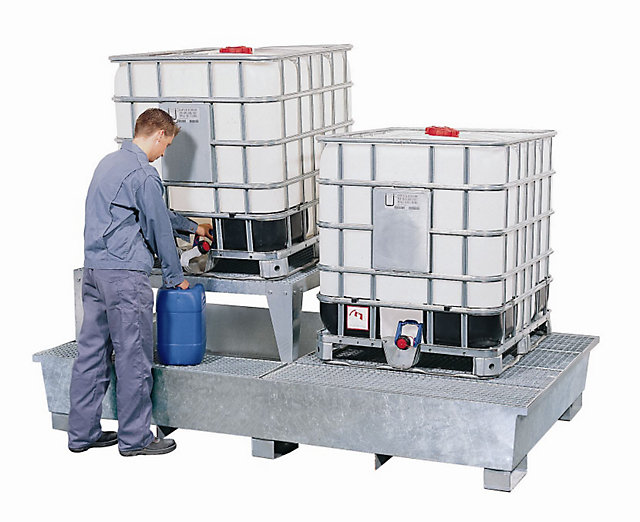
Sump trays made of polyethylene
For use with water hazardous liquids as well as acids and alkalis; not suitable for the storage of flammable liquids.
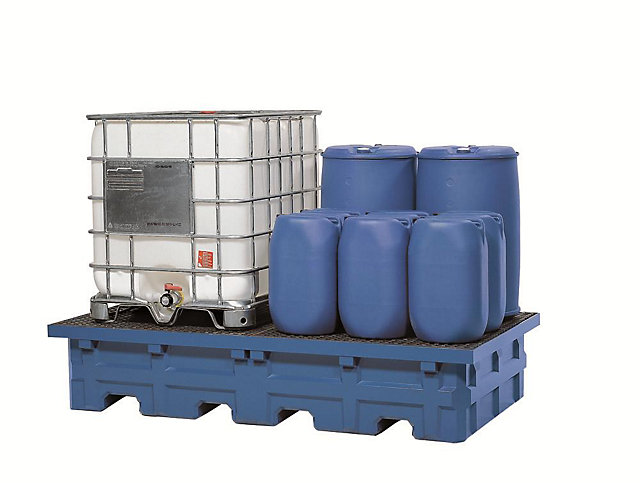
Combined storage
In addition to complying with regulations governing combined storage in/on sump trays, it is also necessary to ensure that no substances which can react with each other on contact are stored above sump trays.
Furthermore, it is not only important to observe material resistance, but also the potential for exothermic reactions, particularly with sump trays made of polyethylene. The heat generated in such cases will destroy the structural integrity of the sump tray.
Handling sump trays
Due to laws and applicable ordinances, the use of sump trays is absolutely compulsory. The following rules are also to be observed when using sump trays:
- Sump trays should only be located on a flat surface under cover. The size of the room will determine whether or not crash protection is required.
- Containers should be positioned in the tray so that they do not protrude over the edge. They should also be positioned accordingly so as not to fall over, and so that any leakage will be contained.
- If dispensing liquids on the tray, it is important to make sure that the spout or opening is positioned over the tray. If this is not possible due to the size of the container, then an add-on container should be used. Leaks caused by faulty seals on taps as well as any dripping will thus be safely contained.
- If the height for dispensing into small containers or the viscosity of the liquid not specified, the use of an elevated, sloping support surface is recommended.
User responsibility
The responsibilities of the user are defined in STAWA-R (steel tray directive):
- The user is responsible to use a tray as intended by the manufacturer
- Care/maintenance
- The sump tray should be protected from water and dirt
- Damage to protective surface coatings should be repaired immediately (corrosion)
- Regular inspections (at least once per week)
- The condition of the sump tray (grates) should be visually inspected every 2 years
- The results are to be documented and provided to the water authority upon request
Classification of hazardous goods into water hazard classes
NWH: not water hazardous
New*: generally water hazardous, e.g. inseparable mixtures and certain floating liquid substances (slurry, semi-liquid manure, silage or rubbish)
WHC 1: slightly water hazardous substances
WHC 2: (considerably*) water hazardous substances
WHC 3: severely water hazardous substances
(* In accordance with planned regulation on equipment for handling water hazardous substances.)
If a classification does not exist, self-classification by the user is required.
Sump tray certifications
- Manufacturer's declaration of conformity confirms that the sump tray meets the requirements of STAWA-R
- The one-time and recurring inspection of the manufacturer as an WHC specialist is conducted by TÜV or a comparable certification organisation
- STAWA-R is applicable for non-overbuilt trays made of steel with a max. capacity of 1000 l
- Alternative storage systems, e.g. made of plastic, require a general construction permit from the DIBt (German Institute for Construction Technology)
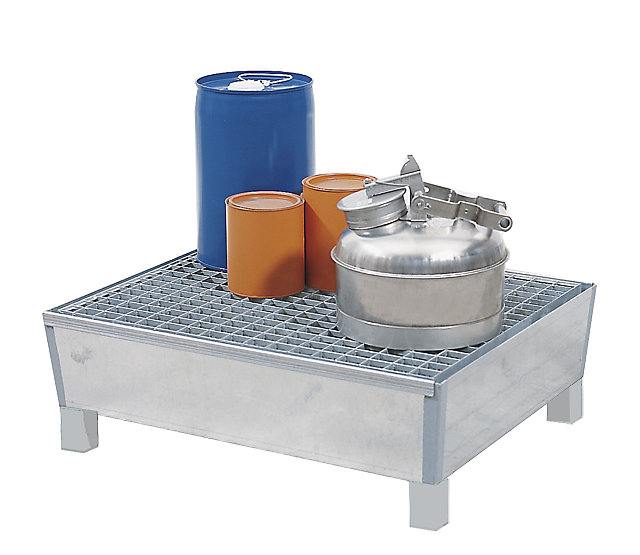
Tray systems made of steel
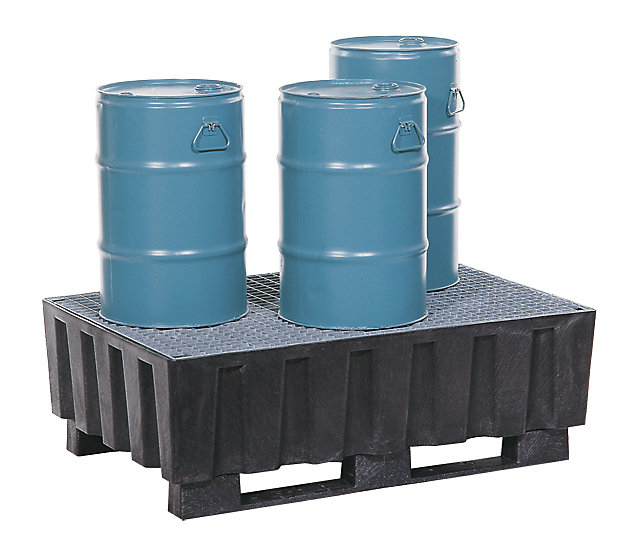
Tray systems made of plastic









